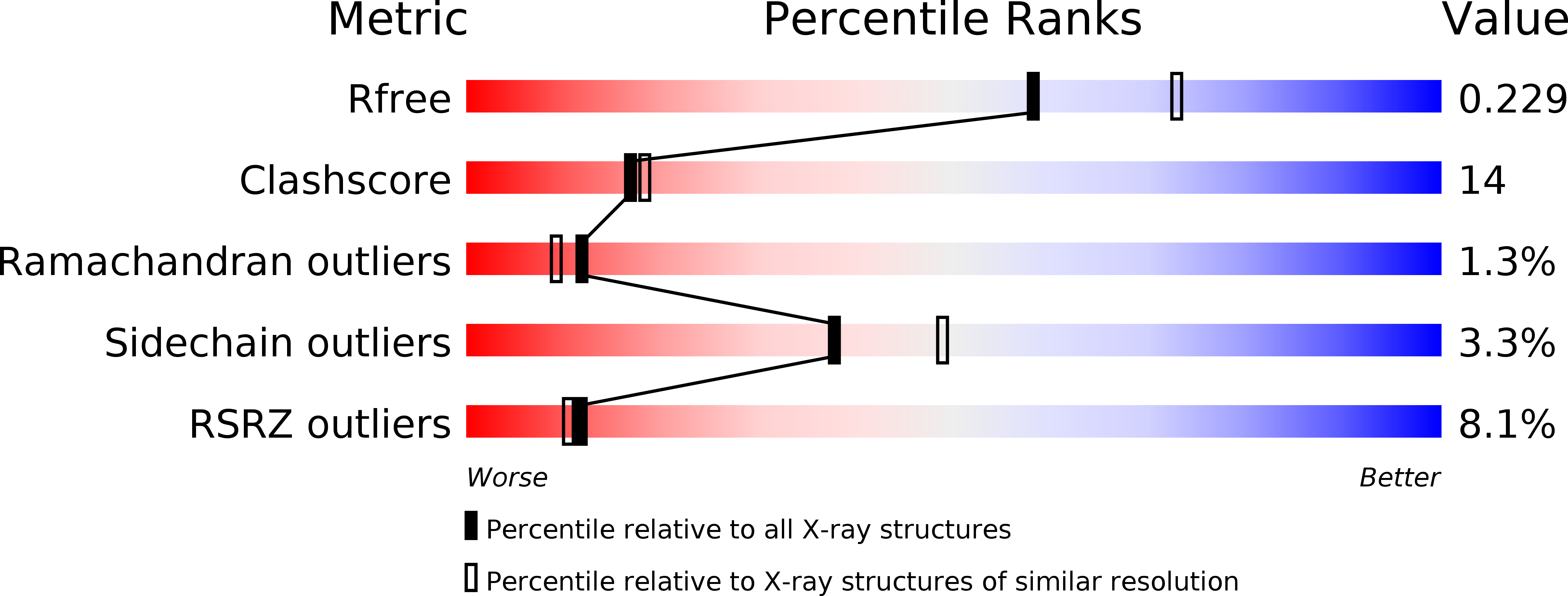
Deposition Date
2008-11-18
Release Date
2009-03-24
Last Version Date
2024-10-09
Entry Detail
PDB ID:
3FAY
Keywords:
Title:
Crystal structure of the GAP-related domain of IQGAP1
Biological Source:
Source Organism:
Homo sapiens (Taxon ID: 9606)
Host Organism:
Method Details:
Experimental Method:
Resolution:
2.20 Å
R-Value Free:
0.25
R-Value Work:
0.22
Space Group:
P 21 21 2


